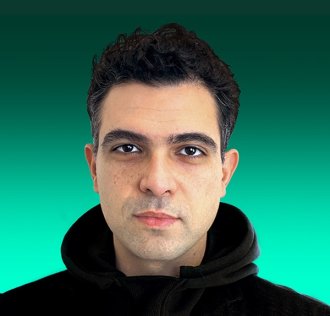Anita Joseph caught up with Amin Hasbini, Head of GReAT, META at Kaspersky, to learn more about Advanced Persistent Threats and how emerging technologies impact the threat-security landscape.

Can you provide us with an overview of the current Advanced Persistent Threat (APT) landscape? What measures should organizations take to effectively defend against these sophisticated threats?
APTs, or advanced persistent threats, demand specialized attention and measures. While multi-layered defenses are recommended, organizations must go beyond that. Each entity needs to identify its adversaries through modeling studies and subsequently track them using threat intelligence. By understanding the techniques and methods employed by adversaries, organizations can simulate and assess their own readiness. Achieving maturity in handling such threats involves external and internal efforts, market intelligence, government input, and collaboration with security vendors. Skills and knowledge are essential components, as technology alone cannot always thwart these attacks.
Emerging technologies, like artificial intelligence and IoT, raise cybersecurity concerns. How can organizations safely adopt these technologies, balancing innovation and security?
Before engaging with AI or IoT, organizations should conduct an internal study to identify use cases, data access, and potential risks. This allows classification of sensitive data and understanding the impact on the organization, its business, reputation, and client data. A risk assessment, involving the organization’s risk management department and executives, helps make informed decisions. Executives are then responsible for accepting the associated risks. In case of issues, a predefined plan of action, rules of engagement, and a specialized team are crucial. It all starts with a thorough study of how AI or other technologies will benefit the organization.
Shifting focus to Smart City technologies, crucial for urban development, they pose security challenges. What potential risks are associated with smart city infrastructure, and how can these dangers be mitigated?
Smart City technologies, especially those connecting critical infrastructure like the power grid, water treatment facilities, and chemical plants, present significant risks. Disruptions to these essential services impact lives directly, underscoring the need for robust strategies, laws, regulations, and technologies. The challenge lies in finding individuals with the right skills, as not every organization can easily acquire technology or personnel. Addressing these threats requires a comprehensive approach involving legal frameworks, technology deployment, and skill development.





